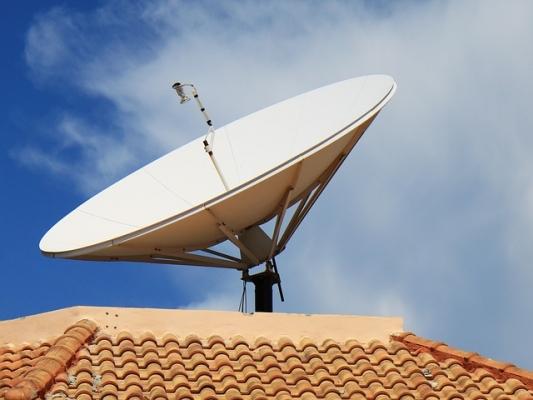You may have heard of the third alternative that is satellite Internet. It is often times seen as a welcome option to DSL or cable Internet providers. You may know the basic operation of internet via de schotel-specifically that an orbiting satellite sends signals to your home computer. However, have you ever really ceased to think about the science of satelliet internet and how this technology is possible?
Satellite Internet access works through a dish at the client's place, which sends radio frequencies from the pc to the satellite. The dish is ordinarily of 1.2 m diameter. The customer's location may be supplied with a satellite modem to transform digital information into analog form. The customer's place may be a single PC or networked workstations. This obviates the need for phone lines.
At the other end, the satellite sends back the frequencies to the teleport at a ground station where a number of large aperture dishes are set. From here, the information is sent to the network structure, which contains routers and optical cables that connect to the Web backbone. As the Internet backbone is shared by many service providers, the bandwidth availability is limited by the terrestrial Internet infrastructure.
Two way satelliet internet is popular with consumers since it offers exceptional performance for both uploading and downloading info from the Net. The one way and the one way with terrestrial return systems have limited uploading operation, and actually, the one way multi-cast version of satellite internet does not allow users to upload any advice to the Net. The two way apparatus, in the flip side, allows download speeds of up to 2 Mbps

and upload speeds of up to 1.5 Mbps. To be able to receive satellite internet service you'll need several pieces of gear. Your outside set up will be comprised of a satellite antenna, a satellite mount, a feed horn, a feed line and for some satellite internet companies, additionally you will want a universal LNB. Your indoor set up will must contain a DVB-S PCI card or a compatible modem. Finally you will need a satellite internet company and the appropriate software to begin.
There are several satellite internet service providers. The three most popular satellite internet service providers are HughesNet, StarBand and WildBlue. HughesNet and StarBand both use a Ku Band link, while WildBlue has unique access to the Ka Band link. The costs for each service will change depending on the package you order, but generally costs between all three of these satellite internet service providers are likely to be similar once you compare similar packages.
Bear in mind this article refers to conventional satellite two way Internet. There are several satellite services that truly provide a sort of hybrid service, where you work with a traditional dial-up or cable modem connection for uploading content to the Internet.
In this instance, the satellite data downlink functions like a terrestrial link, but the satellite is used for transmitting data to your own computer, just as you would operate a satellitebased PPV feature. Most companies provide a twoway connection with no need of a cable or dial-up link Homepage.

